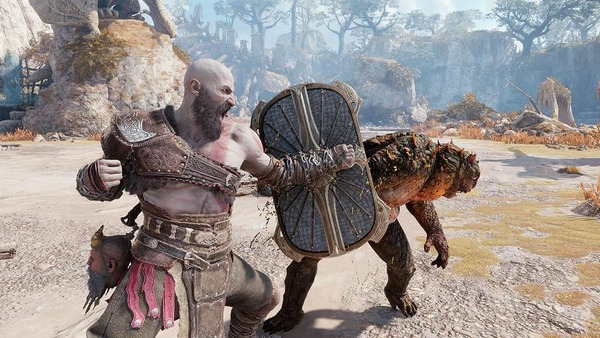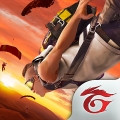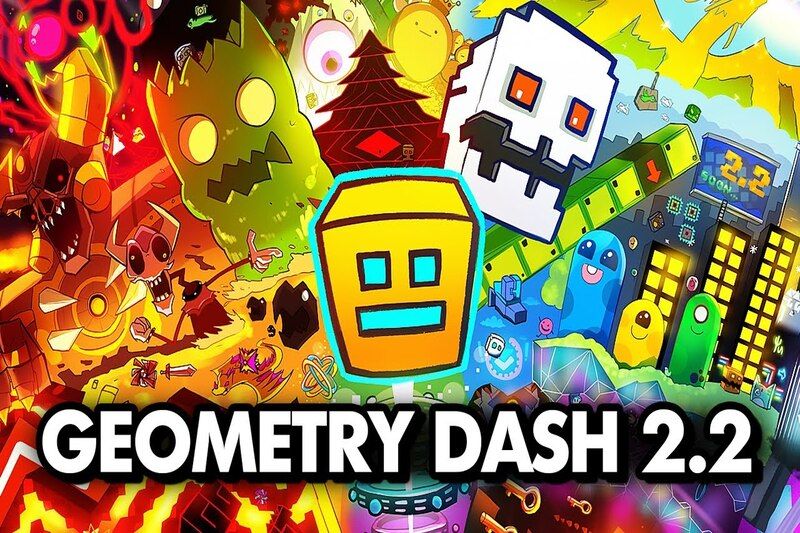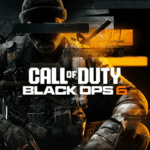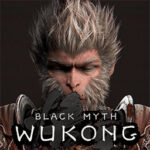Popular Now
Introduction
Brawl Stars, developed by Supercell, has proven itself to be one of the most successful mobile multiplayer games in recent years. Combining fast-paced action with team-based strategy, the game keeps players engaged through a variety of brawlers, maps, and seasonal content. However, beneath the colorful surface lies a persistent issue that has plagued both casual and competitive players alike: balancing the game's ever-changing meta. In this article, we will explore how Brawl Stars struggles to maintain fair competitive balance amid frequent updates, new brawlers, and shifting gameplay dynamics.
-
The Early Meta and Foundational Design
When Brawl Stars launched globally in 2018, the meta was relatively stable. With a limited pool of brawlers and a straightforward map rotation, players quickly understood which characters were strong and which required more skill. The early balance was carefully maintained, and the core mechanics such as health, damage, and movement speed were designed to ensure no brawler was too dominant.
The simplicity of the original design allowed for natural counterplay. Shelly dominated close-range encounters, while Colt and Brock controlled longer distances. Players could reasonably expect a consistent experience across game modes. However, as the game grew, so did the complexity—and the problems.
-
Introduction of Gadgets and Star Powers
The first major shift in the meta came with the addition of Star Powers and Gadgets. These features added new strategic layers but also introduced challenges in balance. Star Powers enhanced brawlers in sometimes extreme ways, while Gadgets provided utility or burst potential that could turn the tide of a fight.
Balancing became increasingly difficult as every brawler now had multiple tools to consider. Some Gadgets were game-breaking on release, leading to short-lived metas dominated by a single character. The community often criticized Supercell for releasing overpowered abilities that forced rapid nerfs.
Notable imbalance examples:
-
Gene's Magic Hand becoming a near-instant kill tool
-
Rosa's first Gadget making her an unstoppable tank
-
Surge's teleport initially bypassing too many mechanics
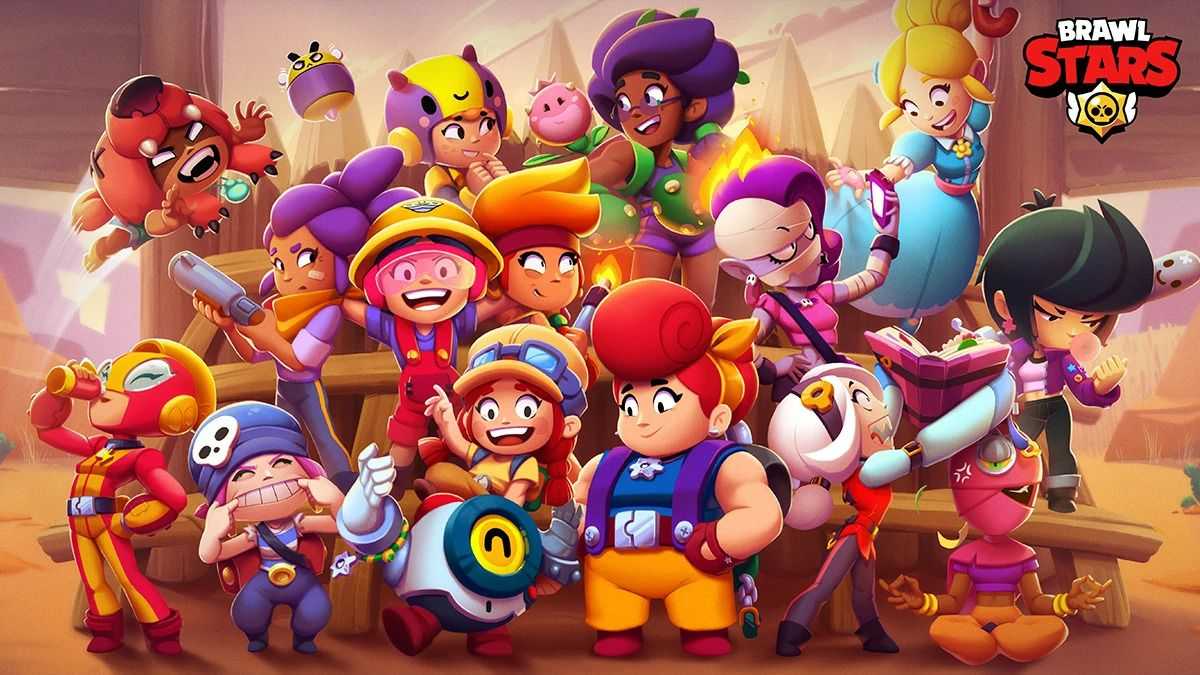
-
The Power Creep Problem
With each new brawler, the challenge of power creep became more evident. New characters often entered the game with strong kits to attract interest and incentivize purchases. As a result, older brawlers frequently felt outdated or underwhelming, especially in competitive play.
Power creep affects both casual and ranked gameplay. Players with newer brawlers often have an advantage, even if the skill level is similar. In response, older brawlers must be rebalanced or reworked, which is a time-consuming process. The cycle creates an unstable meta where the strongest picks are constantly shifting.
-
The Map-Specific Meta Dilemma
Brawl Stars' map rotation system introduces additional complexity. Certain brawlers thrive on specific maps due to geometry, choke points, and terrain types. This leads to a situation where a brawler can be weak overall but broken on one or two maps.
Competitive players must constantly adjust their strategies based on map rotation, and balance discussions become convoluted. A brawler like Sandy might be weak on open maps but nearly unstoppable in tight, bush-heavy areas. Balancing brawlers globally becomes impossible without considering these micro-environments.
-
Competitive Scene and Esports Constraints
In the Brawl Stars Championship and other esports events, the issue of balance becomes even more pressing. A single overpowered brawler can ruin the diversity of matches. This was evident in several seasons where teams consistently picked the same few brawlers due to their dominance in the meta.
To prevent redundancy and encourage variety, developers implemented draft modes and bans. While this has helped improve game diversity, it also adds pressure to balance decisions. A poorly balanced brawler can dominate the ban phase, reducing strategic depth.
Examples from tournaments:
-
Stu’s reign of terror in mid-lane control
-
Belle’s near-universal presence during her peak
-
Crow’s unique utility becoming too central to the poison meta
-
The Impact of Frequent Updates
Brawl Stars benefits from regular updates and seasonal changes, which keep the game fresh. However, these frequent patches also contribute to balance instability. New content often overshadows existing strategies, forcing players to constantly relearn matchups and tactics.
Frequent updates also reduce the time available to collect meaningful feedback. A brawler might be released, dominate for two weeks, and then be nerfed—before the player base even adjusts. This leads to knee-jerk balancing decisions that sometimes create more problems than they solve.
-
Community Feedback and Developer Response
Supercell actively listens to its community through Reddit, Discord, and social media. While this engagement is commendable, it also introduces a degree of volatility. Loud voices on social platforms can influence balance decisions, sometimes disproportionately.
Balancing around high-level players or content creators may not reflect the experience of the average player. For example, a brawler like Mortis might be strong in the hands of elite players but underwhelming for most users. Balancing based on top-tier data alone can alienate large portions of the player base.
-
Game Modes and Role Imbalances
Different game modes—such as Gem Grab, Brawl Ball, Showdown, and Heist—favor specific brawlers and roles. Tanks, assassins, supports, and throwers all perform differently depending on the mode. This variety makes universal balance difficult.
For instance, a brawler like El Primo may excel in Brawl Ball but struggle in Gem Grab or Knockout. If Supercell buffs him for one mode, he could become broken in another. Balancing must take into account performance across all modes, which is a nearly impossible task with the game’s current diversity.
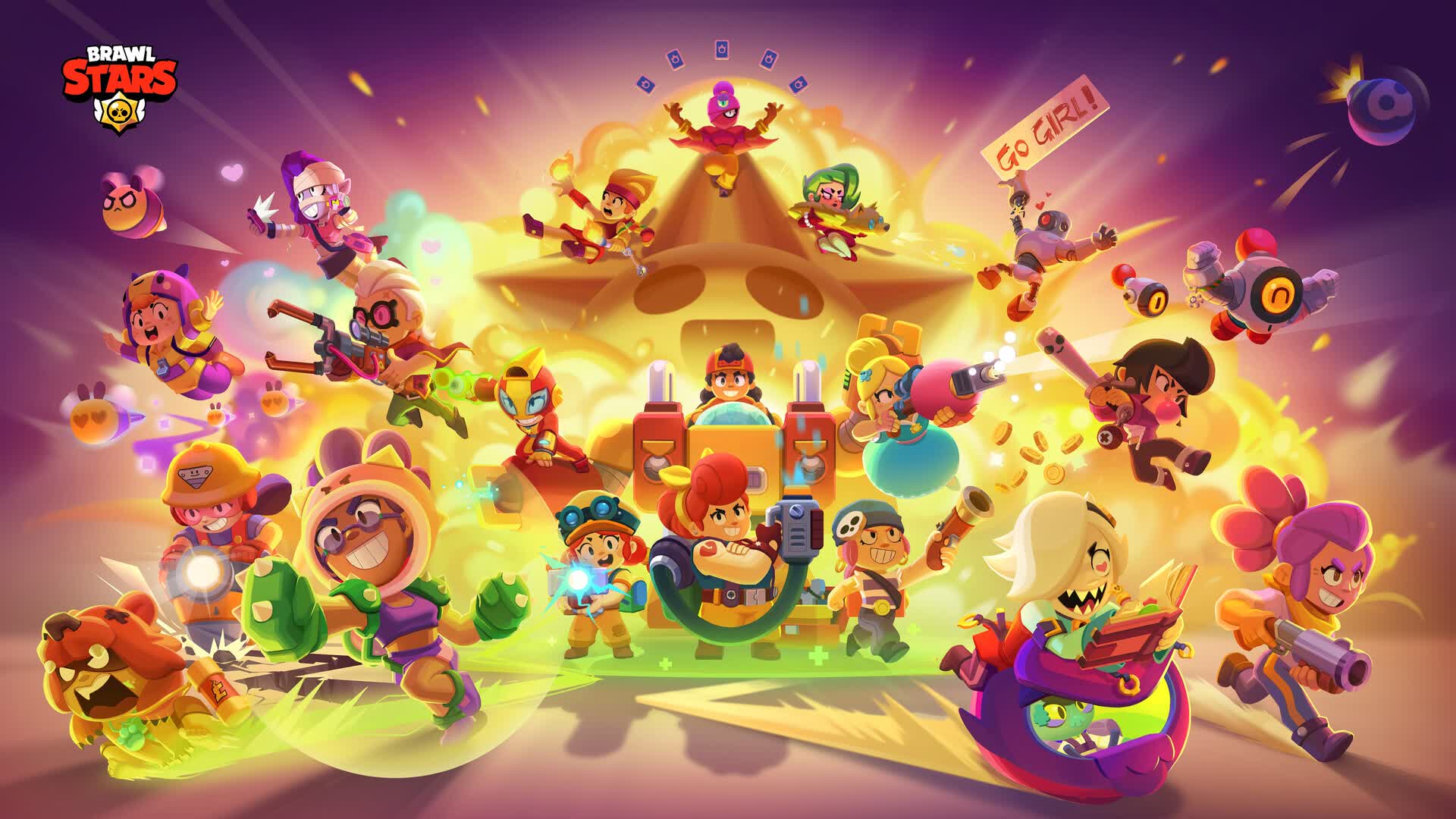
-
The Role of Gear and Upgrades
In recent updates, Supercell introduced Gears—equipment that gives brawlers additional passive abilities. While this adds customization, it further complicates balance. Gears can significantly alter a brawler's power level, especially when paired with specific Star Powers or Gadgets.
Moreover, these upgrades are tied to progression systems, creating a "pay-to-win" perception among newer or casual players. Competitive balance becomes less about raw skill and more about who has better upgrades, which undermines fair play.
Popular Gears and their issues:
-
Speed Gear in bush-heavy maps
-
Shield Gear providing too much survivability
-
Damage Gear allowing unexpected burst kills
-
Long-Term Solutions and Future Prospects
Supercell has acknowledged the difficulty of maintaining a balanced ecosystem in Brawl Stars. Recent rework trends show an attempt to tone down overpowered mechanics and bring older brawlers back into viability. Additionally, separating balance across casual and competitive tiers is a possibility that could solve some issues.
Some potential solutions include:
-
Implementing more granular matchmaking to reduce balance complaints in casual matches
-
Creating specialized balancing per game mode
-
Introducing test servers or sandbox environments for broader feedback before full releases
-
Designing new brawlers with versatility rather than raw power to reduce meta dominance
Brawl Stars’ future will depend heavily on how Supercell adapts to these challenges. With a strong community and a passionate dev team, the potential for long-term balance exists—but it will require careful planning and transparent communication.
Conclusion
Brawl Stars is an engaging and highly successful game, but its meta is in constant flux. The introduction of new brawlers, mechanics, and modes has made it increasingly difficult to maintain competitive balance. While frequent updates keep the game exciting, they also create instability that frustrates both casual and competitive players. The challenge now is to create a sustainable ecosystem that encourages skillful play without being dominated by temporary power spikes or overpowered releases. As the game evolves, so too must its approach to balance—otherwise, its competitive integrity may continue to stumble.


